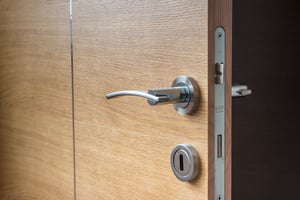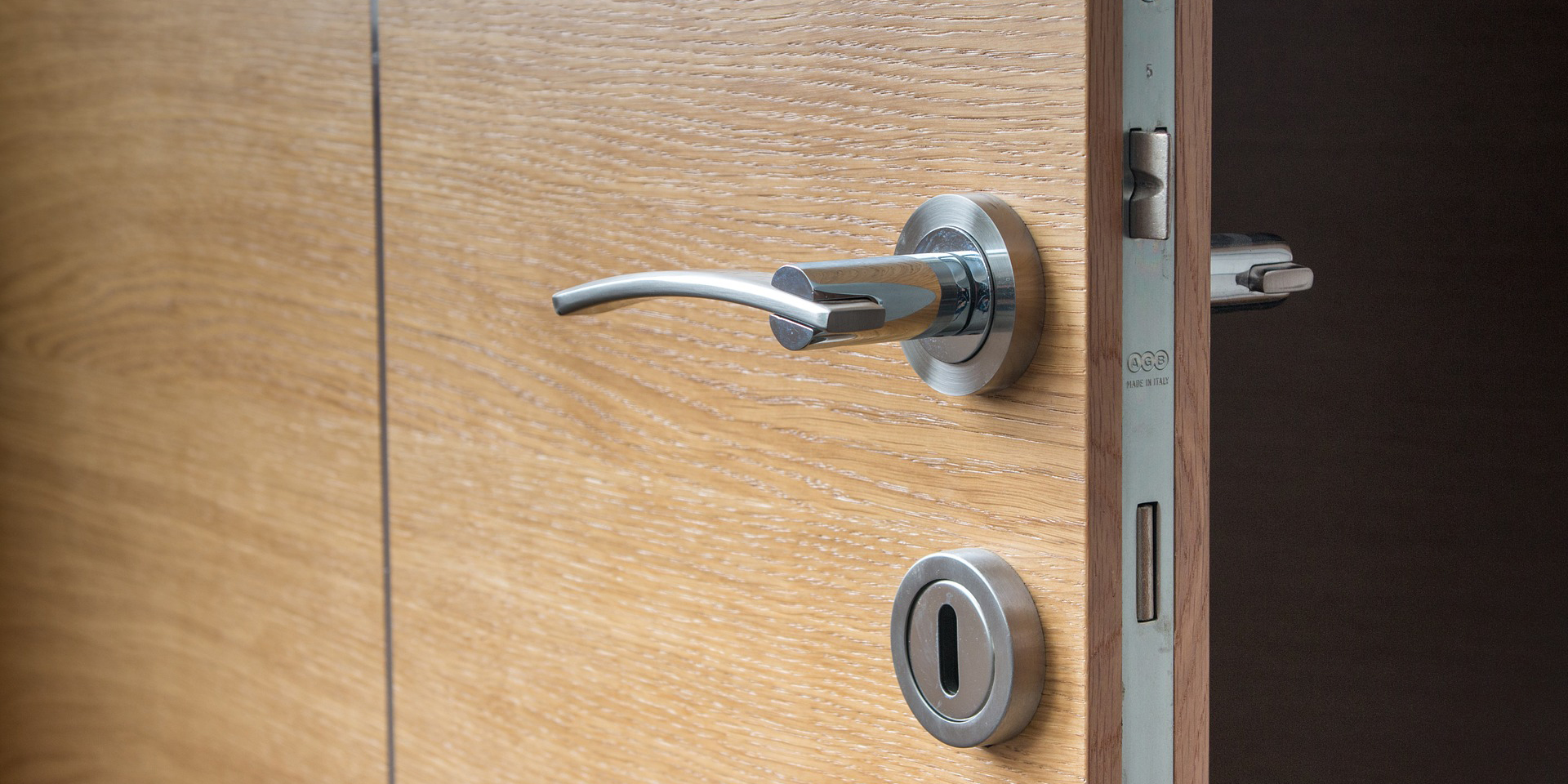You may think that you’re doing a diligent job cleaning up your workspaces. But a multitude of research would suggest that oftentimes the germiest places in the office are the common items we use daily that we don’t always think to clean, which highlights the importance of scheduling deep cleanings in addition to routine cleanings and maintenance of your office space.
If your office has less foot traffic, we typically recommend a deep cleaning once every three to six months, whereas if the space you work in sees a lot of foot traffic and is carpeted, you may want to consider increasing your deep cleaning schedule to once a month.
During routine cleaning, janitorial staff typically vacuum and sweep the floors, wipe down the countertops, and sanitize the surfaces and fixtures in the bathroom and kitchen. With a deep cleaning, janitorial staff should also:
- Treat the carpet with a carpet extraction cleaner that will thoroughly remove germs, grime, and debris hiding in the carpet fibers.
- Clean any grout in the kitchen and bathroom, so that any slimy substances and mold are removed. You can also request that they apply mildew prevention treatment as a way to reduce the likelihood of mold in the days and weeks following the deep cleaning.
- Hard, non-porous floors should not only be sanitized with floor cleaner, but also buffed and polished. Any chips in the flooring should also be re-finished and sealed.
- Vacuum the dust out of your air ducts, and change the filters as needed.
- Every day office equipment such as phones, computer keyboards, computer monitors, and photocopiers should all be wiped down and sanitized with an all-purpose cleaner that is safe to use on technology.
Additionally, we’ve compiled a quick list of some of the key bacteria hotspots in your office that you may want to pay extra attention to the next time you clean your office.
- Copier’s Print Button: According to Hloom, the print button on the office photocopier has over three hundred times the number of germs as the typical toilet seat found in a school.
 Doorknobs: If you don’t keep your doorknobs clean, they can be a hotspot for germs. Microbiologist Dr. Gerba conducted a study where he swabbed virus samples onto door knobs and saw that the virus was spread by forty to sixty percent of the people in the workspaces.
Doorknobs: If you don’t keep your doorknobs clean, they can be a hotspot for germs. Microbiologist Dr. Gerba conducted a study where he swabbed virus samples onto door knobs and saw that the virus was spread by forty to sixty percent of the people in the workspaces.- Handle of the Coffee Pot: In the same research described above, Gerba asserted that after putting “viruses on doorknobs to see how they travel, the first place you find them is on coffee pot handles.”
- Writing Utensils: An NSF International study on home germs found that an average of 14% of pens have staph on them. I shudder to think about how much dirtier shared office pens are…
- Kitchen Faucet: A 2012 study by Kimberly-Clark reported that 75% of break room sink faucet handles had “high levels of contamination”, defined as having an ATP count of over 300. Elevated levels of ATP are correlated with higher bacteria count.
Is the presence of dangerous bacteria and viruses lurking on the commonplace objects in the workplace making your skin crawl? With thorough routine cleaning of your workspace, you can help keep your employees healthy and germs at bay.
In addition to regular maintenance and cleaning provided by janitorial staff, you can also empower your employees to do their part in keeping the workspace more hygienic.
For example, we recommend keeping either disinfecting wipes in common spaces around the office that your employees have access to. Lysol Disinfecting Wipes are a smart choice, since they not only kill 99.99% of bacteria and viruses, they are also safe to use on smartphones and electronics.
Also, if you notice that employees are leaving food past their expiration date in the fridge, you can institute a policy where all food left over the weekend without a name and date of first entry into the fridge will be discarded.
At ACTION Unlimited Resources, we serve as the one-stop-shop for all of your cleaning and janitorial supplies. If you are looking to find the best cleaning solutions for your office, our team is happy to chat!



Enjoy this blog? Leave a comment or ask a question!